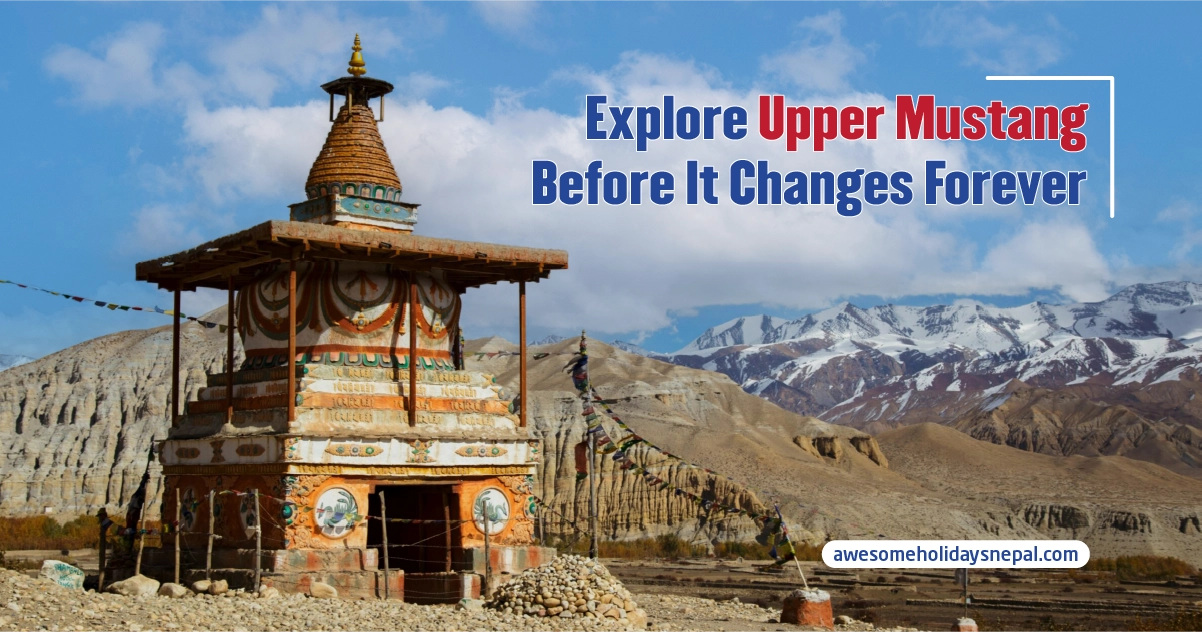Shivaratri in Nepal – The Annual Celebration of the Lord Shiva
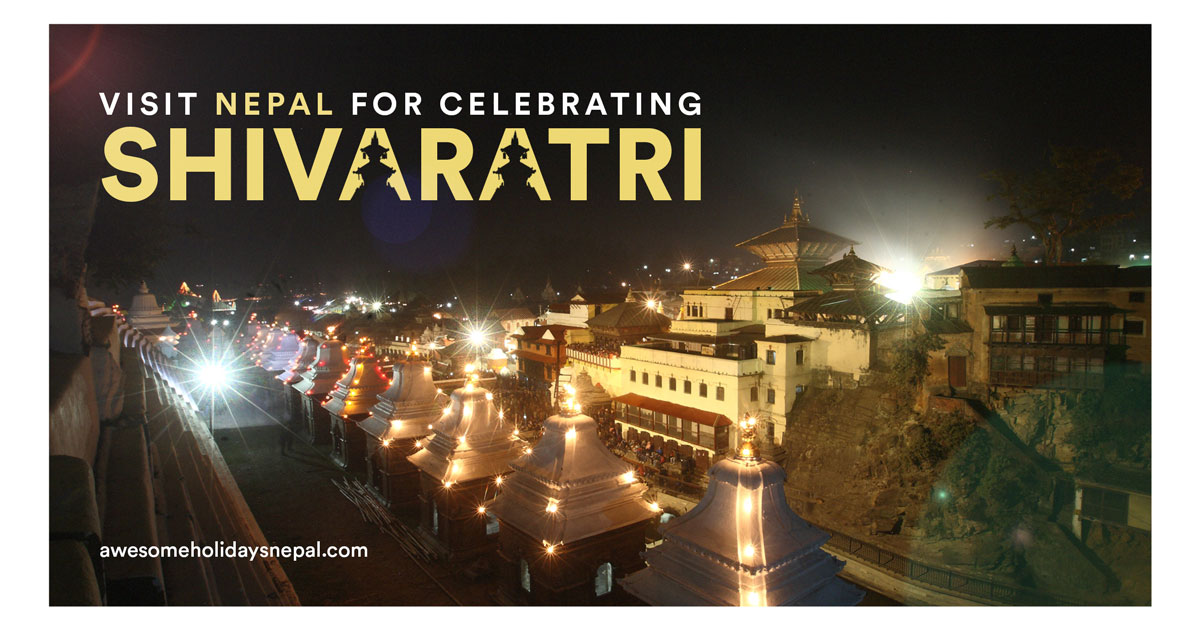
Have you ever seen a mass of thousands of people waiting in a queue since the day before to just get a fraction of a second’s worth of sight of your lord? If not, then you haven’t witnessed the magic and madness of Shivaratri in Nepal. Yes, you heard me right!
Shivaratri celebration is undoubtedly one of the biggest festivals in Nepal, and it is celebrated lavishly around the country. Being a part of this grandeur is a once-in-a-lifetime experience for those who truly want to visit the country for its culture and religious values.
Even though this day of Lord of the Lords, Shiva, occurs only for a day, the preparation behind it goes a long way. Not just locals but devotees from every corner of the world visit Pashupatinath Temple, a world heritage site in Kathmandu, to pay for their voyage to Lord Shiva.
Want to know more about Shivaratri in Nepal, its legends, myths, and grandeur of celebration? Read the blog!
Shivaratri: The Day of Lord Shiva
Just as the name goes, Shivaratri is the “night” of “Shiva” and signifies the triumph over darkness and obstacles in life. The Maha-Shivaratri, which is celebrated annually, is also called the darkest day of the year.
This festival also signifies spiritual renewal and marks the transition of weather from winter to spring. Since this day falls on the end of winter, some say it is celebrated to commemorate the arrival of spring.
When is Shivaratri Celebrated?
Shivaratri is an auspicious day that occurs on the 14th day of the lunar-solar calendar every month. However, we are talking about the Maha-Shivaratri, which occurs annually on the 14th day of the lunar calendar of Phalgun month, i.e., Chaturdashi tithi of Phalgun Krishna Paksha.
According to the Georgian calendar, this day usually falls between February and March. This year, the Maha Shivaratri falls on Wednesday, February 26.
Significance of Shivaratri: Why do we Celebrate?
According to Hindu mythology, Shivaratri signifies the day on which Lord Shiva united with his better half, Goddess Parvati. This union symbolizes the amalgam of Shiva (the meditative) and Shakti (the powerful).
According to the legend, when Lord Shiva went on to marry the goddess with his troops, who looked very scary and appeared ugliest, whole people looked scared, yet the bride was unbothered and looked fearless. This calmness and acceptance of his bride changed the scary appearance of the lord to the most beautiful version called “Chandrasekhar,” and their union happened. This union gives us the wisdom to stay calm in any given situation and see the bright side of us.
Additionally, Hinduism believes that every individual on earth has Shiva and Shakti within them, which correspondingly represent the intuitive and logical sides of us. This representation is also equivalent to the right and left hemispheres of our bond, which work best in unison, making our lives easier and leading us to act wisely while staying calm.
How is Shivaratri Celebrated?
People celebrate Shivaratri by visiting Shiva temples or going on pilgrimages to different Jyotirlingas, which signify Lord Shiva’s immense power. They worship these Jyotirlingas, offering Jal (water), Milk, Belpatra (leaves of a wood apple tree), and many other favorite offerings to the lord Shiva. Men and women observe fast on this day and visit the nearby Shiva temples to worship the Jyotirlinga and take prasad. Some people continue this fast until the next morning and stay awake all night, while others break it at dawn.
Another main thing that happens on this day is burning “Dhuni” and soaking up the heat. It is basically burning the big logs overnight and absorbing the heat and energy radiating from it to cleanse.
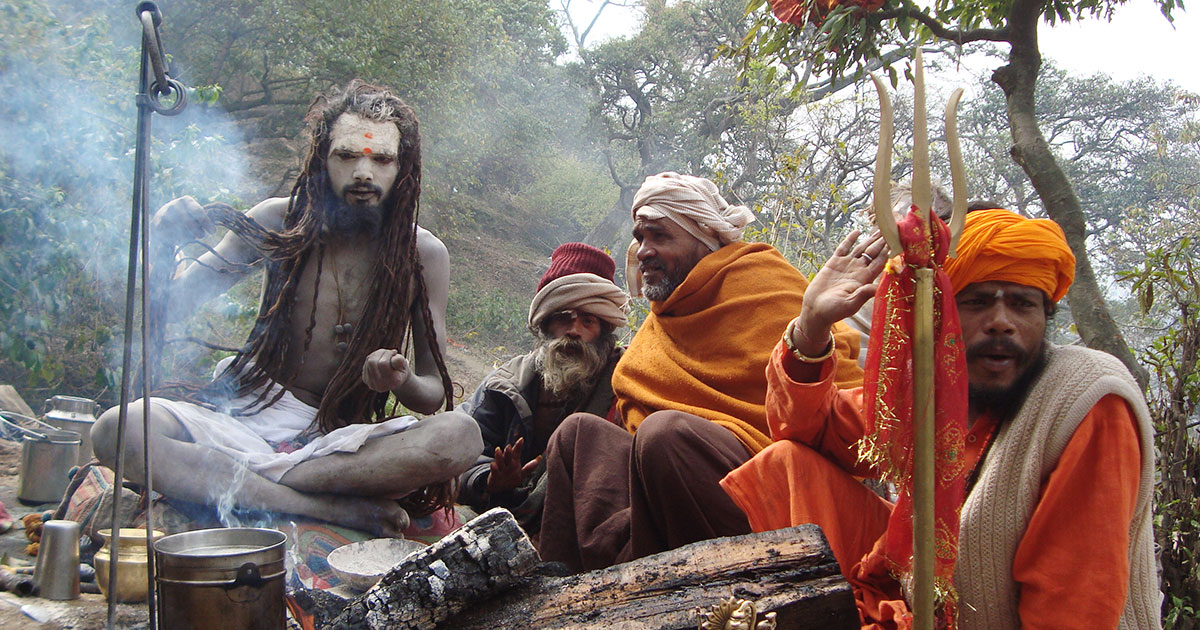
Besides, the devotees organize cultural events, chant prayers, and perform Bhajans to stay awake and show their love for Lord Shiva.
Celebrating Shivaratri in Nepal: Why Should You Visit?
Being a Hindu country, Shivaratri is celebrated in Nepal as well as its neighboring country, India. However, the way of this celebration might vary. Here’s how the auspicious day of Shiva is celebrated in Nepal.
Shivaratri is the National Festival
In Nepal, there is a national holiday on the day of Shivaratri. All schools, colleges, and offices are closed on this day to allow people to show their devotion to the lord. Another reason behind the holiday is also the fact that roads are closed in several places due to the queue of devotees.
Well Decorated Pashupatinath Temple
Pashupatinath temple is one of the most significant Hindu temples dedicated to the lord Shiva for all Hindus around the world. It is also one of the UNESCO World Heritage site that is mostly visited by tourists.
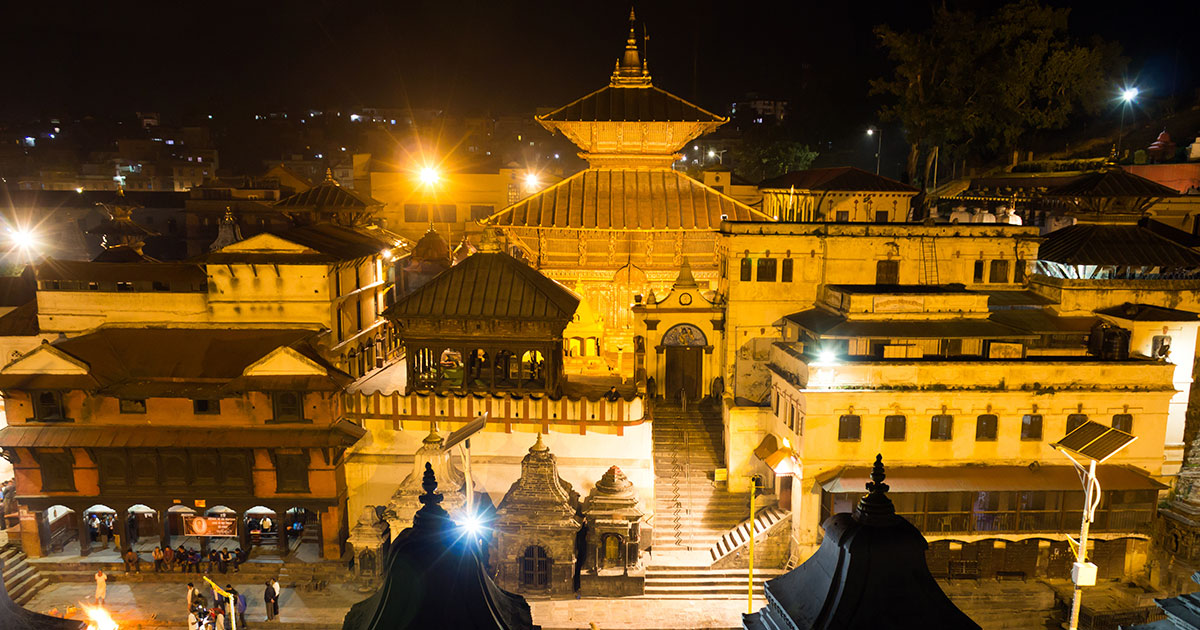
Shivaratri being one of the biggest festivals for celebrating Shiva, so this temple is decorated very well with flowers and lights. Even the premises around the temple are cleaned and decorated to make it look the prettiest during the day and night.
Read the blog to find about other UNESCO World Heritage sites in Nepal.
Yogis, Sadhus, Aghoris, and Nagas Gather at Pashupatinath
The yogis, sadhus, Aghoris, and Nagas are true worshippers and followers of Lord Shiva. Shivaratri is a grand celebration, and many of these followers visit Pashupatinath to be a part of the most spiritual night.
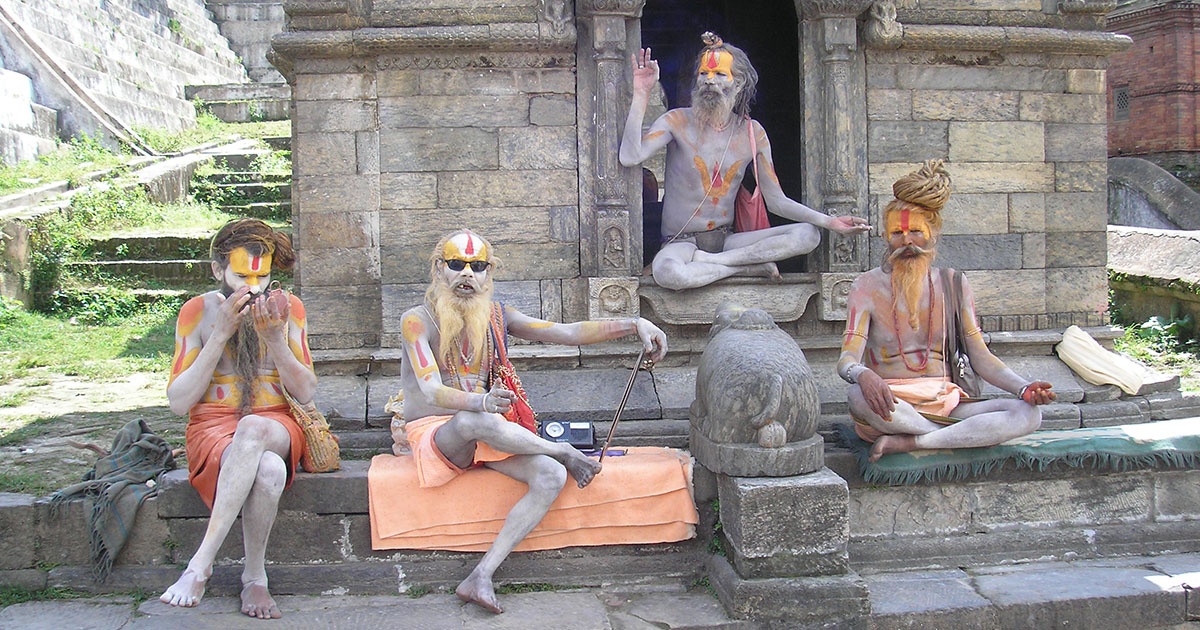
In fact, these people gather a month before the auspicious. Some even walk on foot from different parts of India to visit Pashupatinath and reside there until the celebration begins and ends. If you visit the temple in the month of February, you will be able to catch sight of Shiva’s troops and get a chance to communicate with them as well.
Shivalayas Around Nepal are Packed with Worshippers
Not just Pashupatinath, there are many other temples around Nepal dedicated to the lord Shiva. People who cannot come to the capital to pay a voyage visit the Shiva temples around their cities, worship the lord, and commemorate their fast. People fast to gain that spiritual energy while Nepali women also fast for their husbands’ betterment; in Nepali culture, husbands are considered synonymous with lord Shiva for their respective wives.
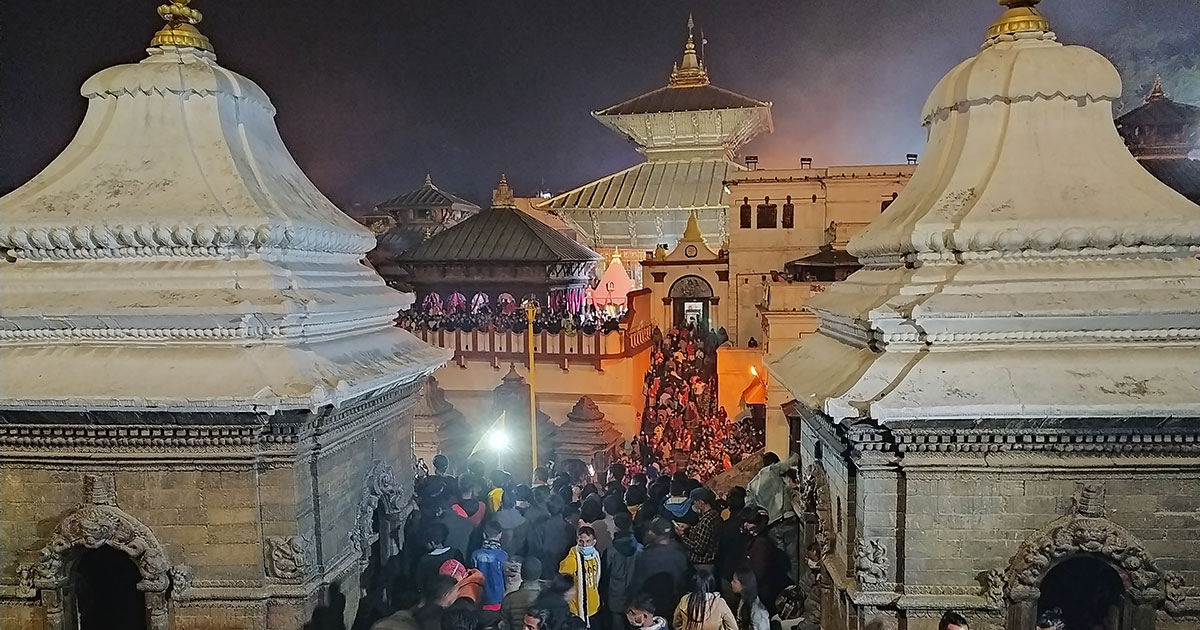
A Chance to Witness the Nepali Culture
If you are a non-Hindu visiting Nepal during February, then you shouldn’t miss this celebration of Lord Shivaratri at any cost. You will get the chance to experience the rich Hindu culture of worshipping their gods, the madness, and the faith of people. Here’s what you will see if you visit Pashupatinath or any other Shivalayas in Nepal on this auspicious occasion of Shivaratri:
Maha Shivaratri Puja
Every year, the temples organize a grand Puja to worship their lord Shiva on the day of Shivaratri. You will see people observing fast and worshipping the god with different offerings like Bael Leaves, Flowers, Fruits, Yellow Vermillion, and other divine things. Some even go and spend the night in the temples worshipping the lord all night and break their fast the following day. On this night, people would sing songs, say prayers, and dance with the Bhajans to celebrate the night joyously.
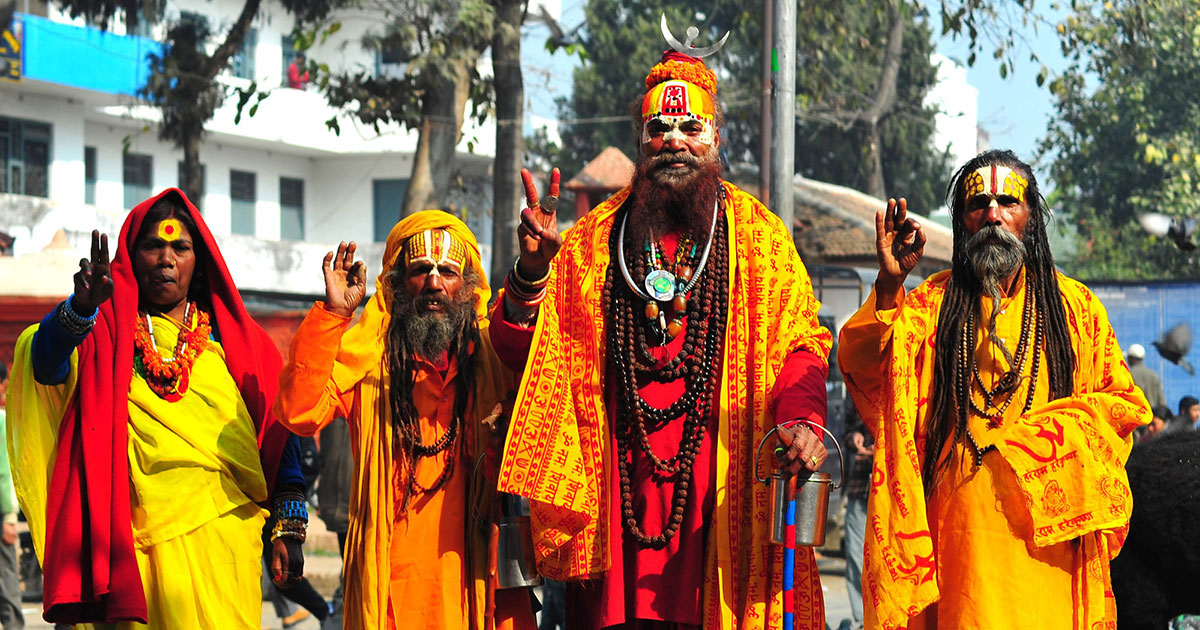
Mediate
While some people celebrate loudly and grandly with music and dance, there are some who want to enlighten themselves on this most spiritual night. These people meditate all day and night in front of Shivalinga and chant the “Om Namah Shivaya” mantras to remember the lord. This practice often leads people to the most spiritual awakening, helps them find peace within themselves, and also gives them immense power.
Light Bornfire
Many people’s lights were lit throughout the night of Shivaratri around the temples, their localities, and their homes. Fire symbolizes a method of awakening divine energy without owning and invoking the energy of the diving lord. Many people believe that this fire purifies the atmosphere and clears people’s souls of all impurities.
Witness the Magical Devotions of the Hindus
Maha Shivaratri is an auspicious occasion for spiritual awakening and consciousness. Whether you are a Hindu or of any other religion, you will love to witness the magic that happens even while you are in this atmosphere.
If you are planning to visit Nepal this spring season for climbing or trekking, make sure to book your tickets a few days early to witness the Hindus’ magical devotion.
Enlighten the wisdom and power within you!
FAQs
Expand AllWhy is Shivaratri celebrated?
Shivaratri is celebrated to worship the lord Shiva and commemorate the auspicious union of Shiva and Shakti. Some people also celebrate this occasion to awaken their spiritual energy.
How many Shivaratris in a year?
According to the lunar-solar calendar, there are actually 12 Shivaratris in a year. However, Maha-Shivaratri occurs only once a year.
What happened in Shivaratri?
The lord Shiva and goddess Parvati got united on the auspicious day of Shivaratri, which is also called the unison of Shiva and Shakti.
Why Shivaratri is important?
Shivaratri is important because it celebrates the win of light over darkness and the union of the most divine energy of the universe
Why Shivaratri is celebrated twice in a year?
Shivaratri isn’t celebrated twice a year. The Maha-Shivaratri occurs only once a year, and it usually falls in February or March.
How is Shivaratri celebrated?
Shivaratri is celebrated by worshipping Lord Shiva, fasting, lighting bonfires, and meditating to awaken the spiritual energy within oneself.
What should be done on Maha Shivaratri?
One should worship lord Shiva, pray to him or meditate keeping Shiva in their heart on the day of Shivaratri to awaken the wisdom and power within them,.
Related blog posts
Discover a choice of tourist destinations loved by most of our visitors. Whether you're on a jungle safari to spot rare animals or walking through a world heritage site, these well-planned itineraries cover the major highlights of Nepal.




